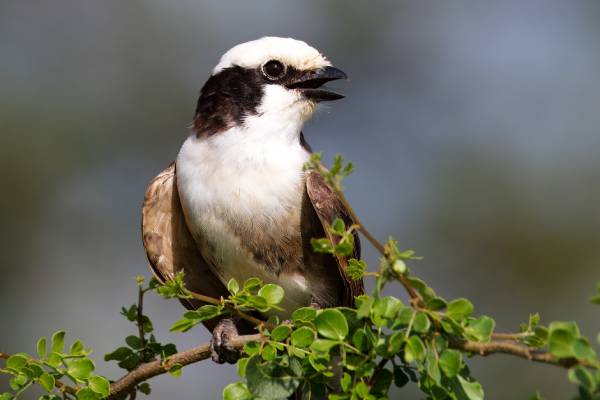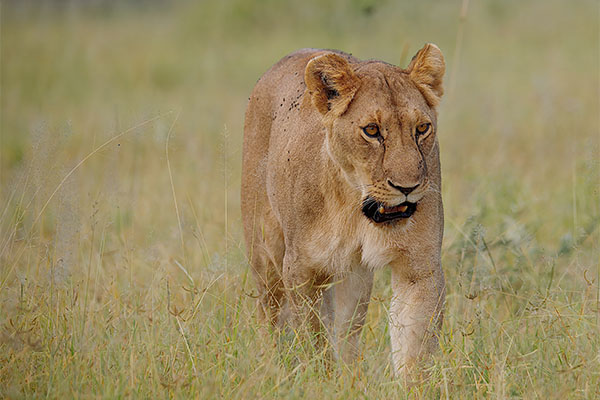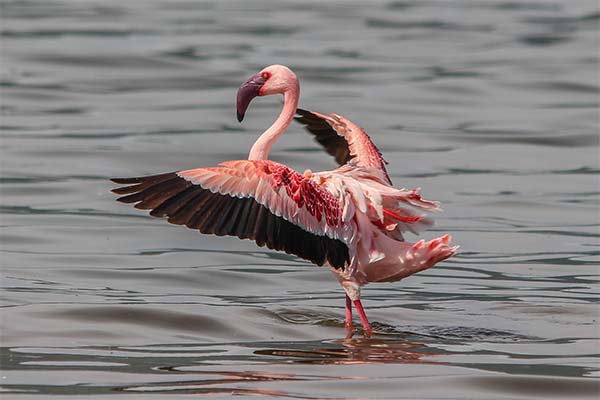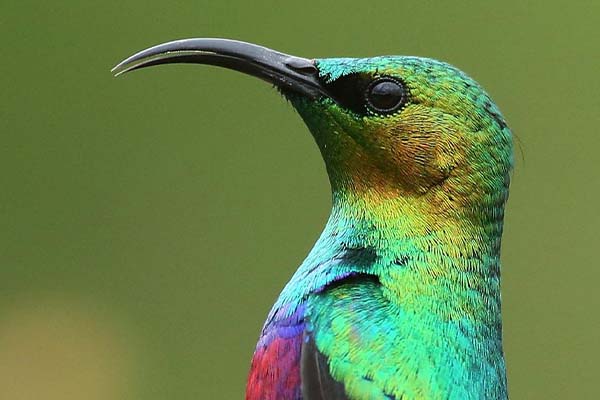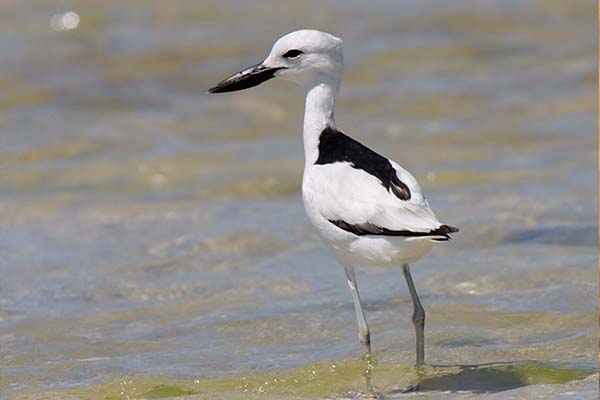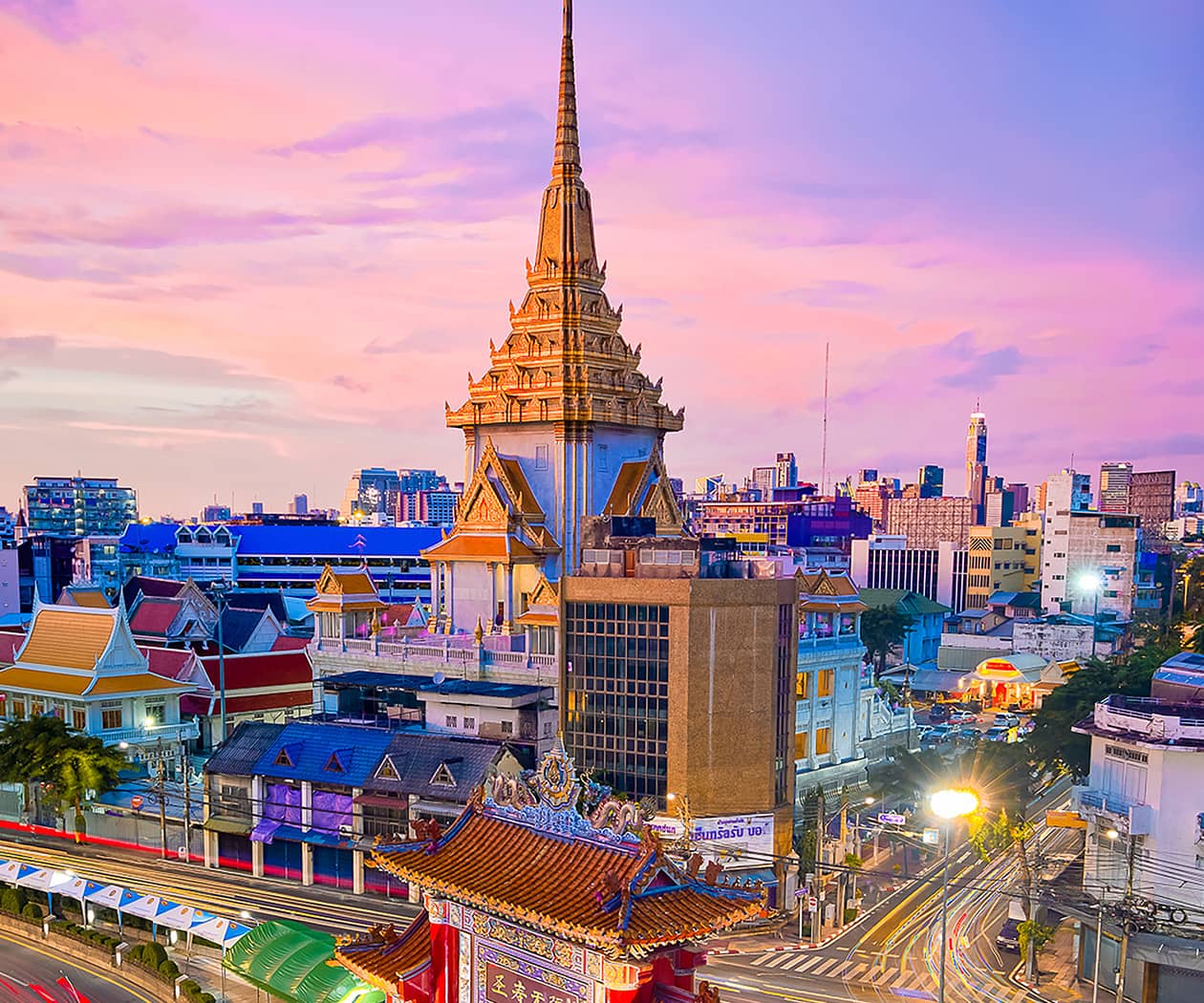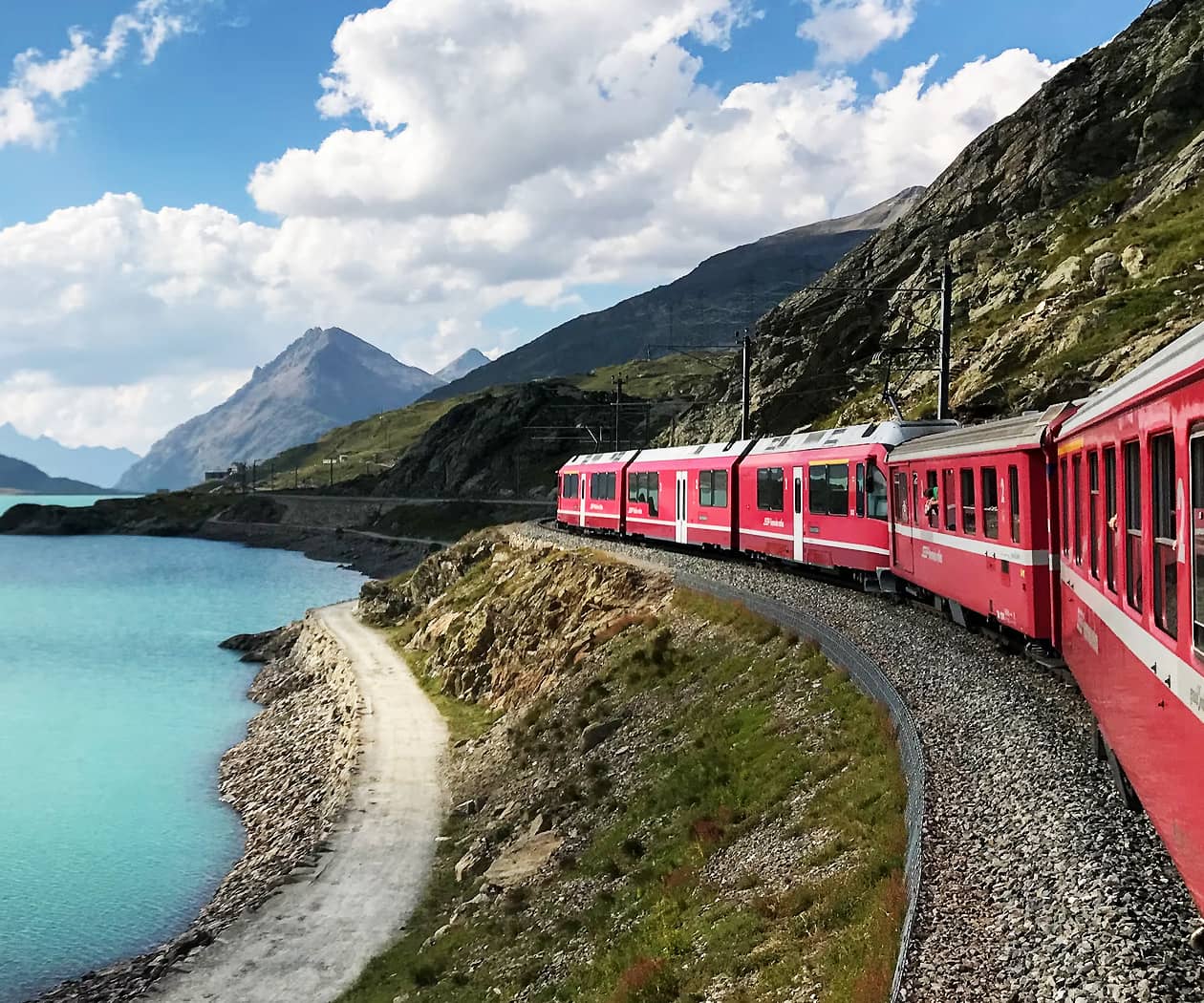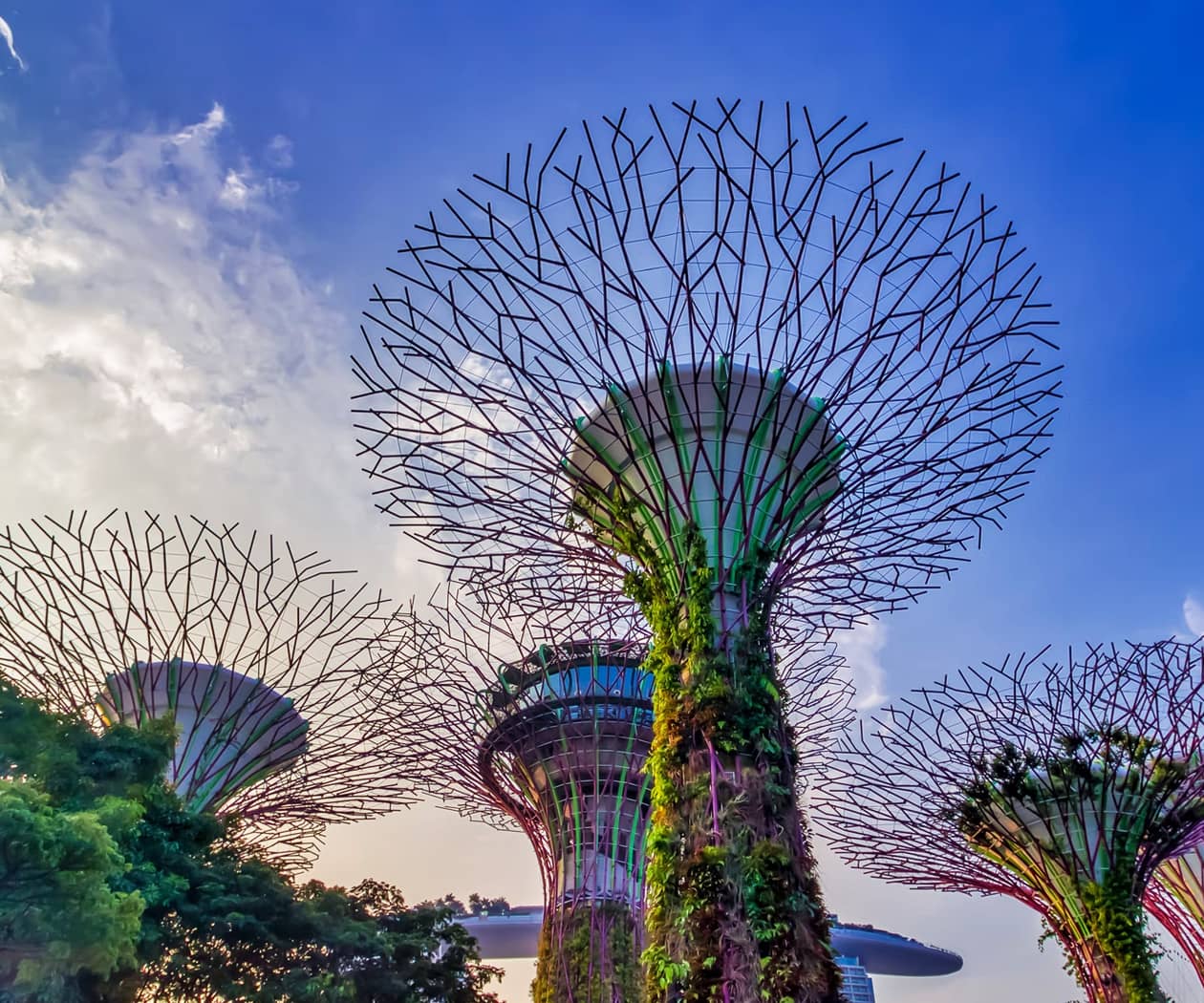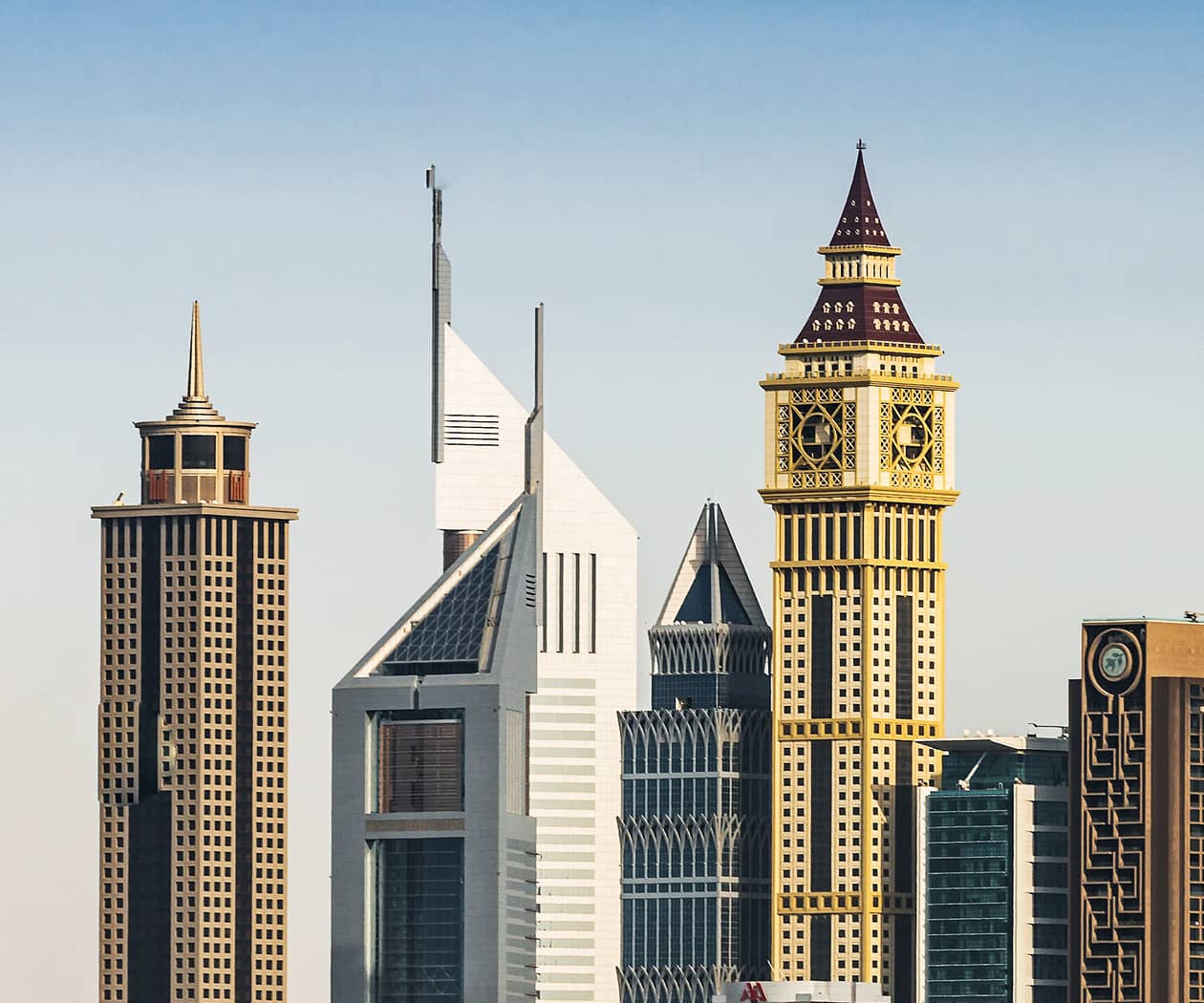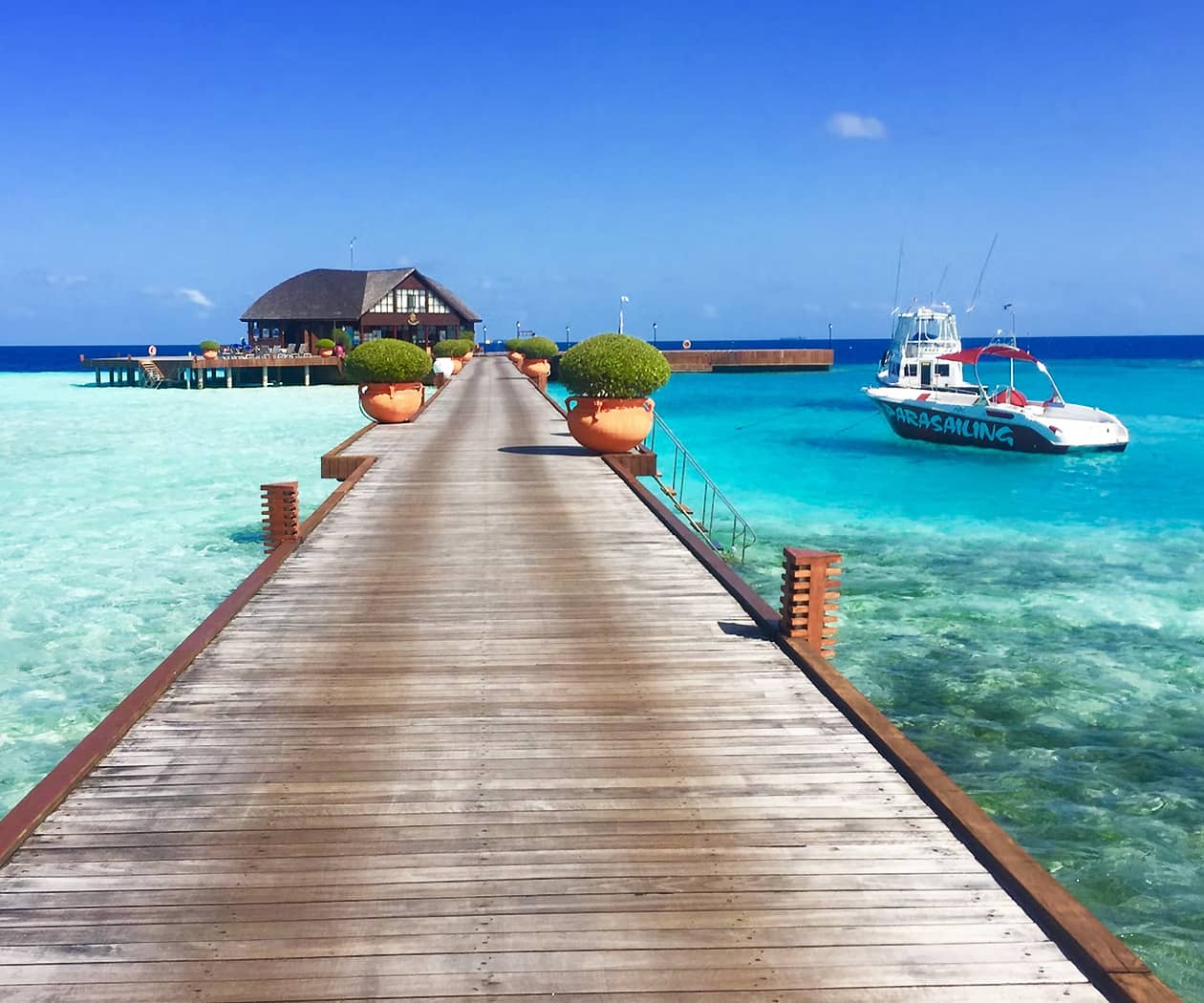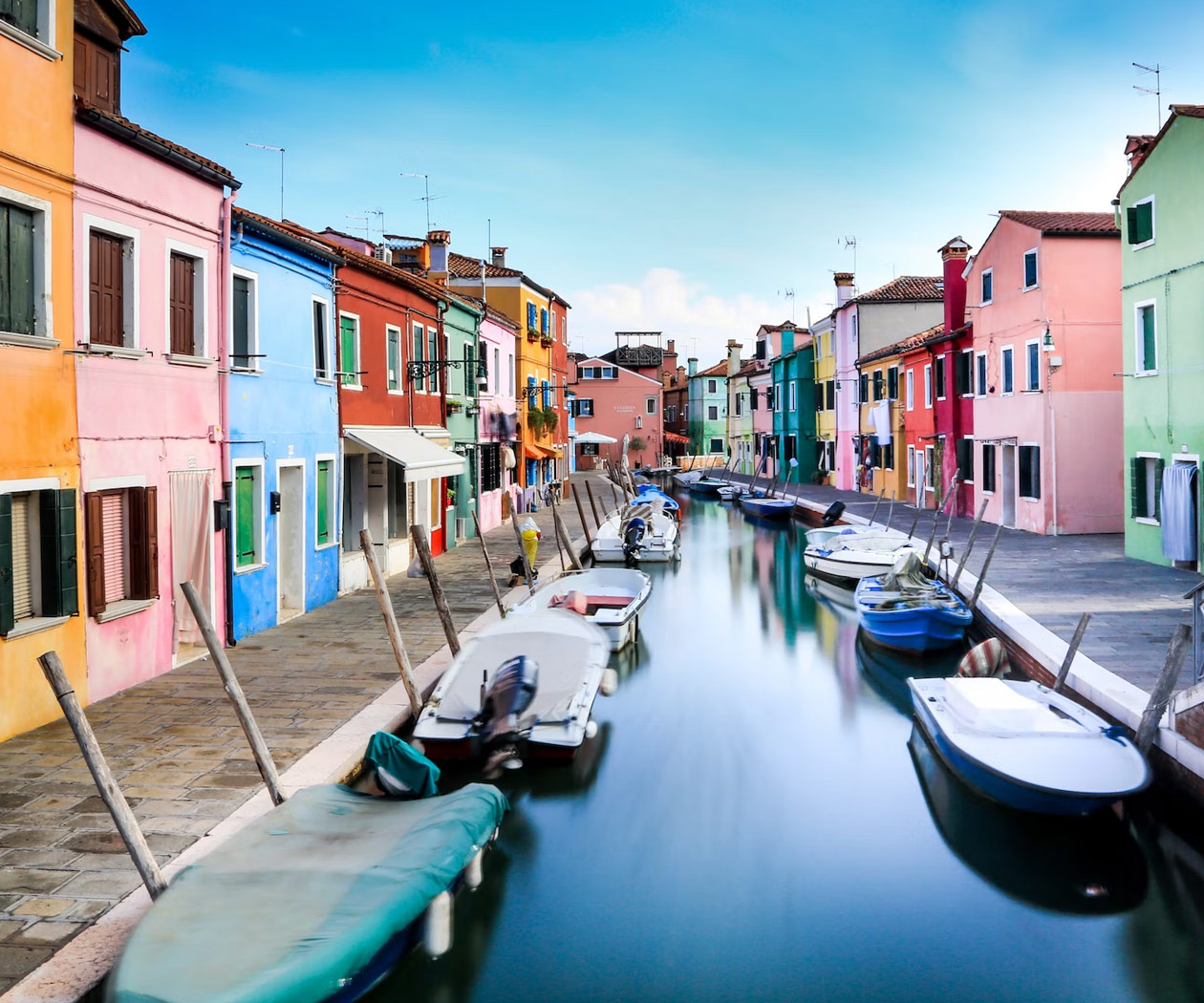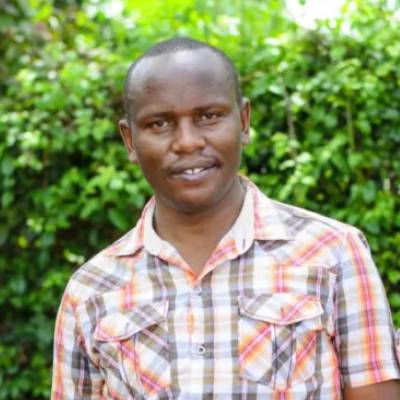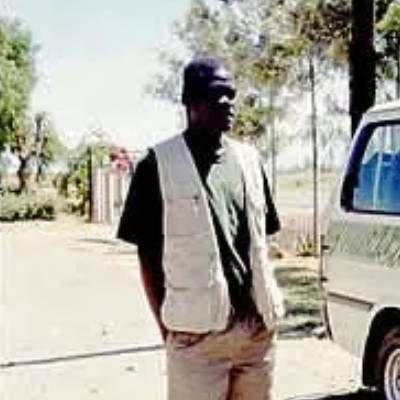Q: What does Kenya mean?
A: Mount Kenya was originally referred to as “Mt. Kirinyaga” by the indigenous people. “Kirinyaga or Kerenyaga, meaning ‘mountain of whiteness’ because of its snow capped peak”; The name was subsequently changed to Mt. Kenya because of the inability of the British to pronounce “Kirinyaga” correctly.
Q: How did Kenya become a country?
A: Kenya gained its independence from Britain with Jomo Kenyatta as the country’s first Prime Minister. The Union Jack was replaced by the black, red and green flag of the new nation. This followed the first all inclusive elections on 27 May 1963. A year later Kenya was declared a Republic.
Q: What does Nairobi mean?
A: Nairobi is the capital and largest city of Kenya. The city and its surrounding area also form the Nairobi County. The name “Nairobi” comes from the Maasai phrase ‘Enkare Nyrobi’, which translates to “cool water.
Q: What currency is used in Nairobi?
A: The currency unit in Kenya is the Kenyan shilling (KES), comprising 100 cents (c). Coins that are currently used for trade are available in denominations of 50c and 1Shs, 5Shs, 10Shs, 20Shs and 40 shillings.
Q: What is the best time to go on safari in Kenya?
A: The best wildlife viewing months in Kenya are during the Dry season from late June to October. The wildebeest migration usually reaches the Masai Mara in July and remains until October when they move back to the Serengeti in Tanzania. Wildlife viewing is good year-round, but this can differ for some parks. and in General: There is no best time, each season has its own special features. Travel in the rainy season (April-May and Oct-Nov) and the landscape is beautifully green, the dust has settled and there are fewer visitors on safari. The grass is fertile and tall which makes spotting game more challenging but rewarding. The rain will mainly fall during the night. The rest of the year is called the dry season, when there is less water available so animals tend to congregate around the water sources, making game spotting easier. This season also attracts more visitors on safari.
Q: What is the rainy season in Kenya?
A:The relatively cool season, from late-June to October, gets much less rain. There’s a second rainy season, the ‘short rains’, for a few weeks in November and December, followed roughly from mid-December to March by a dry season of hot, usually rainless, weather.
Q: What is the hottest month in Kenya?
A: Nairobi, Kenya: Annual Weather Averages. February is the hottest month in Nairobi with an average temperature of 69°F (21°C) and the coldest is July at 62°F (17°C) with the most daily sunshine hours at 9 in February. The wettest month is April with an average of 130mm of rain.
Q: What is the climate like in Kenya?
A: The climate of Kenya varies by location, from mostly cool every day, to always warm/hot. The climate along the coast is tropical. This means rainfall and temperatures are higher throughout the year. At the coastal cities, Mombasa, Lamu and Malindi, the air changes from cool to hot, almost every day.
Q: Is Kenya on the equator?
A: Across the equator in Kenya. As the equator passes through Kenya, you have the chance to visit both the Northern Hemisphere and the Southern Hemisphere on the same safari and even on the same day. … From the 13 countries that the equator passes through, Kenya is among seven that are next to a major body of water.
Q: What are the main holidays in Kenya?
A: The following days are observed as public holidays in Kenya.
New Year’s Day 1st January.
Good Friday As per the Gregorian calendar.
Easter Monday As per the Gregorian calendar.
Labour Day 1st May.
Madaraka Day* 1st June.
Mashujaa Day* 20th October.
Jamhuri (Independence) Day* 12th December.
Christmas Day 25th December.
Q: Is Kenya safe to travel?
A:It’s a modern country and one of the foremost tourist destinations in Africa.
Q: What animals do you see on a safari in Kenya?
A:Here is a short introduction to some of the most eagerly sought animals the best places to see them in each country.
Lion. Excellent lion sightings are just about guaranteed if you follow the great migration in Kenya and Tanzania. …
Leopard. …
Rhinoceros. …
African Elephant. …
African Buffalo. …
Hippopotamus. …
Cheetah. …
Wildebeest.
Q: What is the best month to go on an African safari?
A: However, for the Masai Mara migration you’ll need to go between mid-August and late October when the herds have returned. General game viewing in Tanzania is at its peak during the June to October dry season but the best time to go to Tanzania for the Serengeti wildebeest migration is between November and August.
Q: How much does it cost to go on an African Luxury safari?
A: $800 to $1,000 per person per night: that’s currently the average price of an African Luxury safari. The continent might be underdeveloped, but its has some luxury leading camps and safari lodges are among the most glamorous and expensive resorts in the world.
Q: What is the national symbol of Kenya?
A: The coat of arms of Kenya features two lions, a symbol of protection, holding spears and a traditional East African shield. The shield and spears symbolize unity and defense of freedom. The shield contains the national flag’s colors.
Q: What is the culture of Kenya?
A: The majority of Kenyans belong to ‘Bantu’ tribes such as the Kikuyu, Luhya and Kamba. There are also the ‘Nilotic’ tribes such as the Luo, Kalenjin, Maasai and Turkana. The ‘Hamitic’ people include the Turkana, Rendille and Samburu. Around 13% of the population are of non-African descent, i.e.Indian, Arab and European.
Q: What is the best time to visit Kenya and Tanzania?
A: The best wildlife viewing months in Kenya are during the Dry season from late June to October. The wildebeest migration usually reaches the Masai Mara in July and remains until October when they move back to the Serengeti in Tanzania. Wildlife viewing is good year-round, but this can differ for some parks.
Q: Is it safe in Tanzania?
A: Tanzania is in general a safe, hassle-free country. That said, you do need to take the usual precautions and keep up with government travel advisories.
Avoid isolated areas, especially isolated stretches of beach. In cities and tourist areas take a taxi at night.
Q: How hot is Tanzania in July?
A: June, July, August, September & October – Afternoon temperatures are usually between 20°C/68°F and 30°C/86°F and vary greatly according to altitude and location.
Q: What season is it in Tanzania?
A: Most of Tanzania experiences two rainy seasons and two dry seasons every year. The long rains usually last from early March to late May, bringing with them heavy afternoon downpours and high humidity. Temperatures at this time of year frequently exceed 86ºF/ 30ºC.
Q: What is the best time to visit Serengeti?
A: Best Time to Visit – Serengeti NP. Wildlife viewing in Serengeti National Park is good throughout the year, but certain areas are better at specific times.
The Dry season (from late June to October) offers the best wildlife viewing in general – with the wildebeest migration as its absolute highlight.
Q: Is November a good time to visit Tanzania?
A: The best wildlife viewing months in Tanzania are during the Dry season from late June to October. The best chance of seeing the wildebeest migration in the Serengeti is during June and July and the time to see the wildebeest calving is late January to February.
Request a Quote
Popular Safaris & Tours
Price Per Person:
$3290

